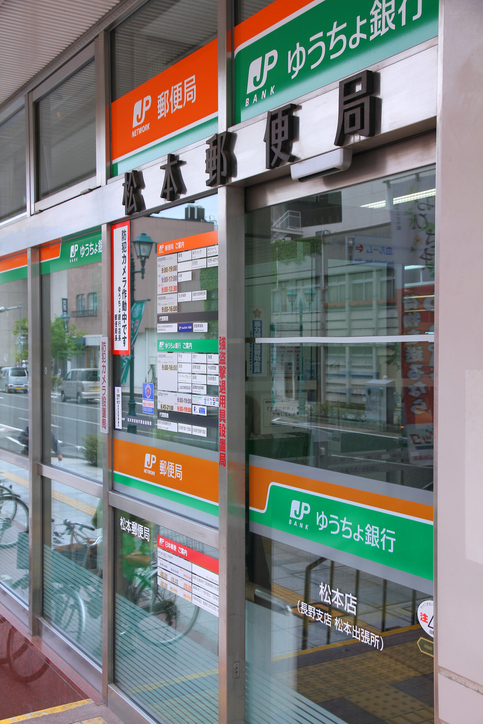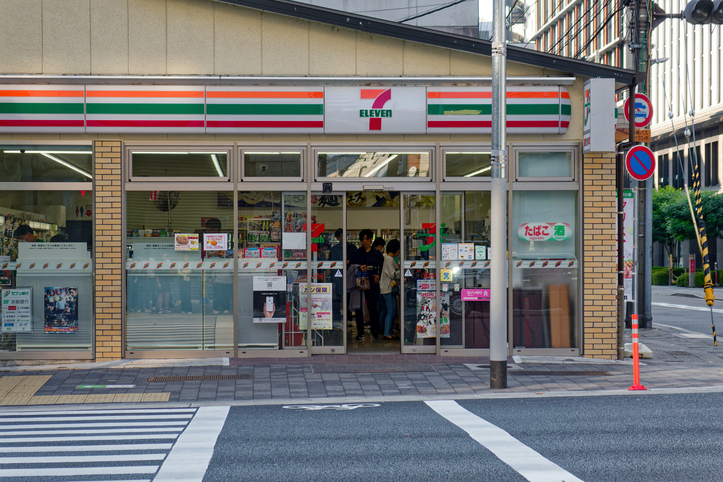
February 21, 2025
How to Open a Bank Account as a Foreign Resident in Japan
A simple guide to the key types of banks, documents required and application process
Opening a bank account in a foreign country can be challenging. Thankfully, in Japan, the process is becoming easier. Three key types of banks to consider are the Japan Post Bank, traditional high street banks and online banks. Each type differs in the services offered and the application process. This guide will walk you through the requirements and steps to open a bank account as a foreign resident in Japan.
Types of Banks in Japan:
Japan Post Bank

Known locally as Yuucho Ginko, Japan Post Bank is convenient for people who have recently arrived in Japan and need a bank account as soon as possible. Unlike high street banks, Japan Post Bank does not require applicants to have lived in Japan for 6 months or already have an employment contract.
Japan Post Bank has an extensive branch network covering cities, towns and rural areas.
Applicants with a smartphone can use the Yuucho Tetsuzuki App to open an account in as little as 20-30 minutes. The app is available in English, Chinese (simplified), Vietnamese and Japanese.
The documents required for the application are:
1. Residence card – the date of expiration must be more than 3 months after the application date
2. Student ID, employee ID or certificate of enrollment (For students or people in Japan for “Technical Intern Training”)
Detailed information on the application process can be found on the Japan Post Website.
People who do not have a smartphone or prefer to apply in person can take their documents to any Japan Post branch and complete an application there. Note that assistance in English may be limited.
High street banks
Japan’s big three “megabanks” are Mitsubishi UFJ Bank (MUFG), Sumitomo Mitsui Banking Corporation (SMBC) and Mizuho Bank. SMBC and Mizuho can open accounts online or via smartphone app however, MUFG will only accept applications from foreign residents in person at a branch. Applicants must have resided in Japan for more than 6 months and/or be employed in Japan.

The required documents for applications through smartphone apps are:
1. Residence card
2. My number card or Japanese driver’s license
The required documents for applications in-person:
In-person applications require more documentation, although exact requirements vary from one bank to another. It would be wise to prepare the following to make sure the process goes smoothly:
1. Residence card showing permission to reside in Japan 6 months before the application
2. Documents to confirm the applicants’ tax ID number (My Number)
3. For people already employed but living in Japan for less than 6 months, documentation confirming employment – can be a health insurance card showing the employer’s name, a statement of withholding tax with the company seal attached or a copy of an employment contract (in some cases, the bank may contact the applicant’s employer for confirmation)
These days, personal seals, known as inkan, are optional. It is possible to open an account without one. High street banks have stricter account opening requirements, but once the account is open, they are very convenient and cover all banking needs.
A helpful tip: people applying in person who require assistance in English should visit the bank’s main branch or a branch in an area with many foreign residents.
Online banks
In recent years, online banks have succeeded in luring younger customers away from traditional banks. Well-known online banks include Rakuten Bank, SBI Shinsei Bank and Seven Bank. It is worth noting that Seven Bank has a vast network of ATMs in 7-11 convenience stores nationwide.

The application requirements may vary slightly from one online bank to another but generally, applicants must be resident in Japan for 6 months and/or employed in Japan.
Rakuten Bank only requires a residence card. SBI Shinsei and Seven Bank require a residence card plus one other form of identification, which would be a Japanese driver’s license, the front of a My Number card or a copy of a residence record.
Applications can be completed online or by mail. Cash cards are sent by mail once the application is approved.
One final tip: Japanese banking systems are set up to handle Japanese names. Middle names are rare in Japan, and character limits are set accordingly. People with long names that exceed the character limit may encounter difficulties with online application forms. In this case, it may be better to apply in person.
In summary, technology is making banking in Japan more convenient, and the range of options is expanding. People who want to keep things simple should try Japan Post Bank or one of the online banks first. Longer-term residents may prefer to opt for a traditional account. English assistance in branches may vary, but staff are generally patient and helpful.
If you found this guide on how to open a bank account as a foreign resident in Japan helpful, check out our other guides to life in Japan:







